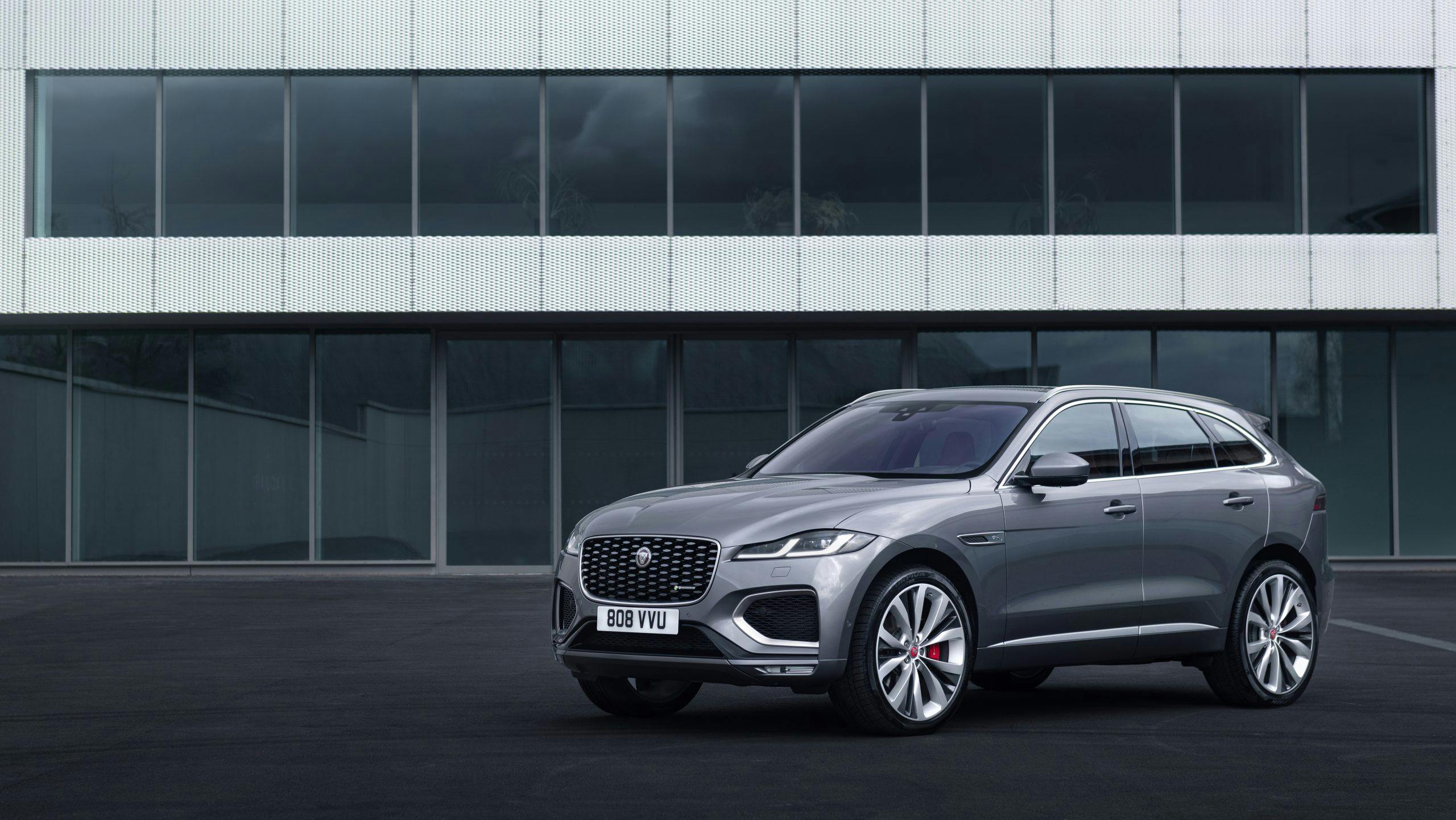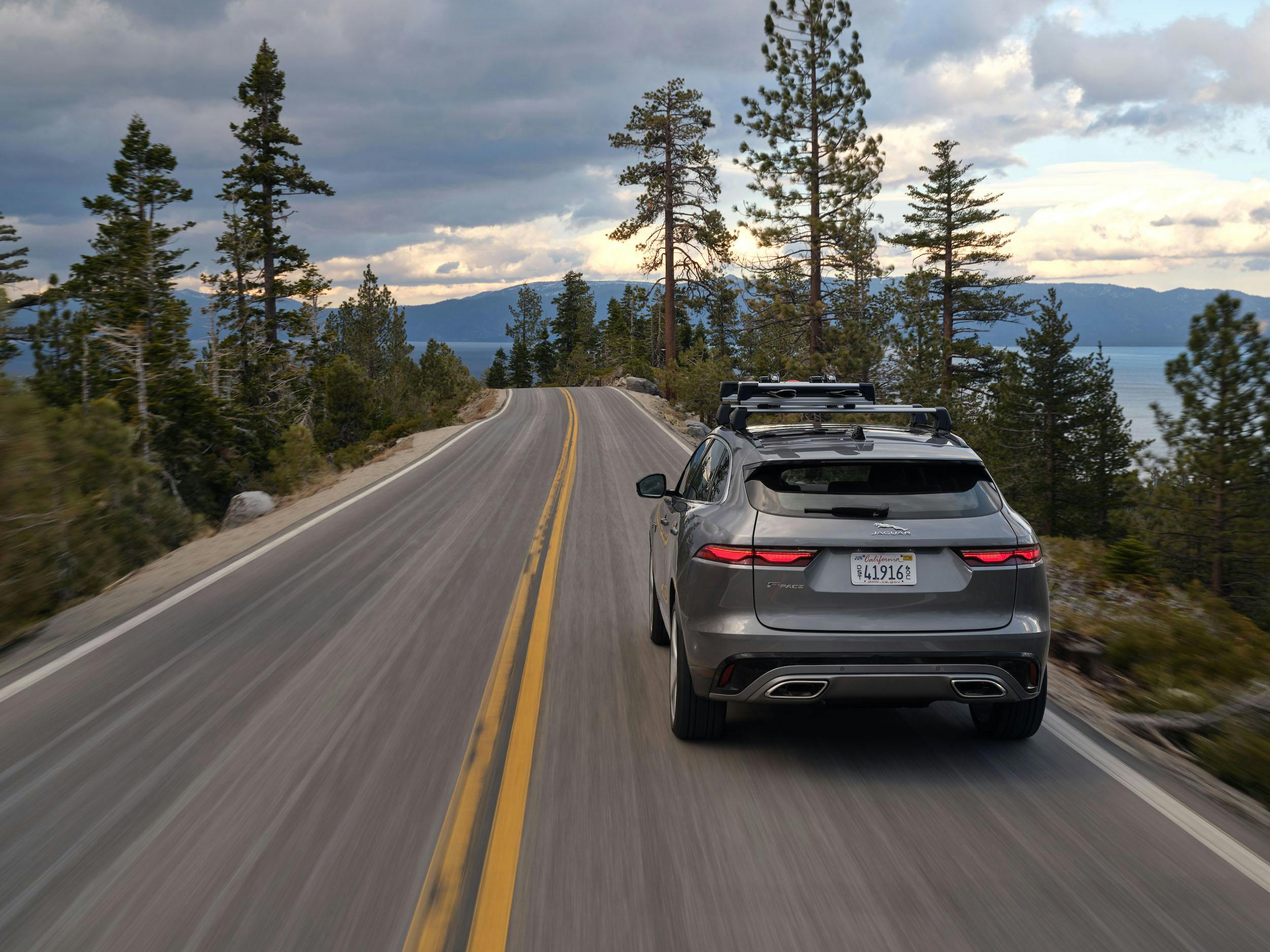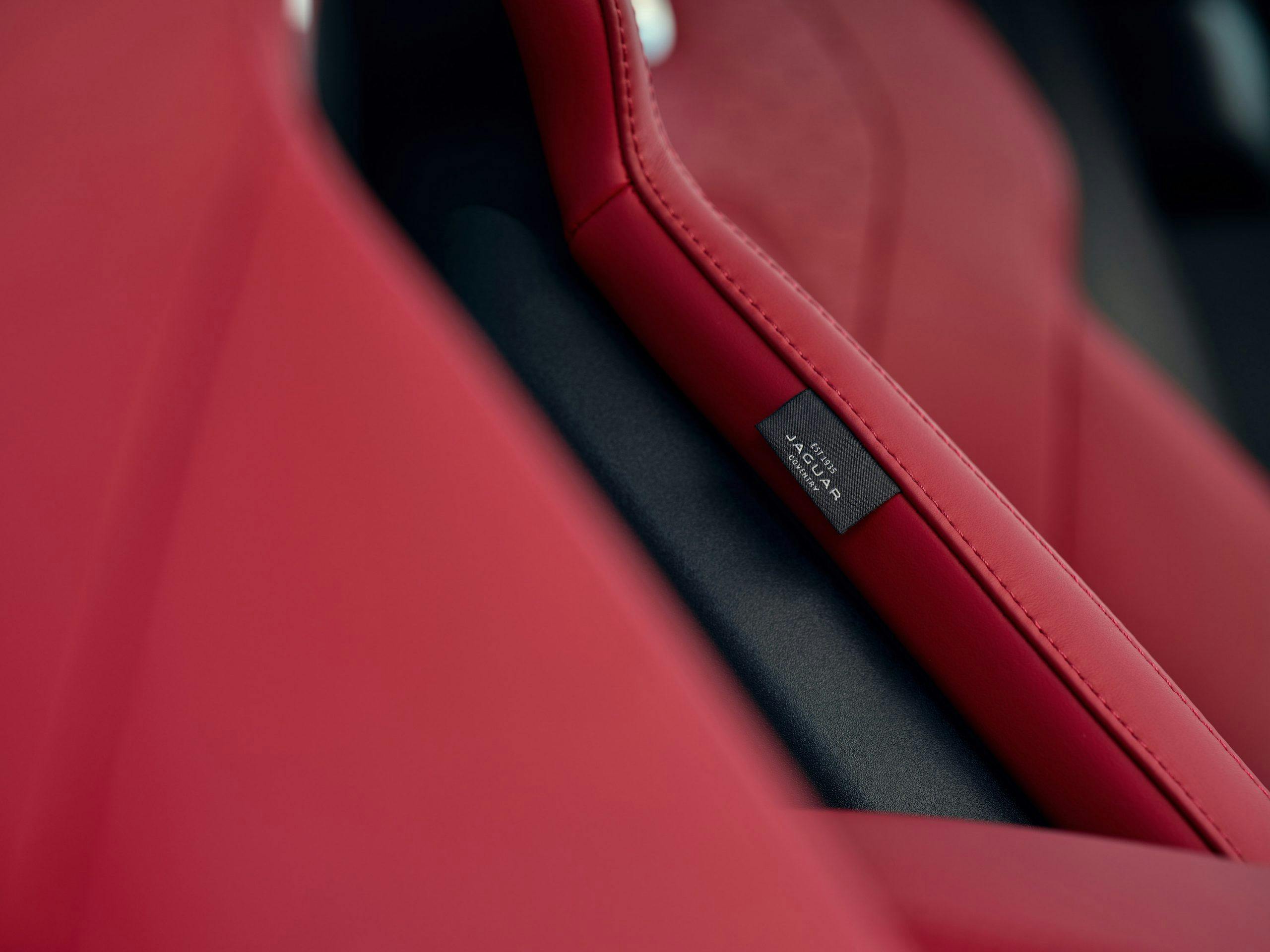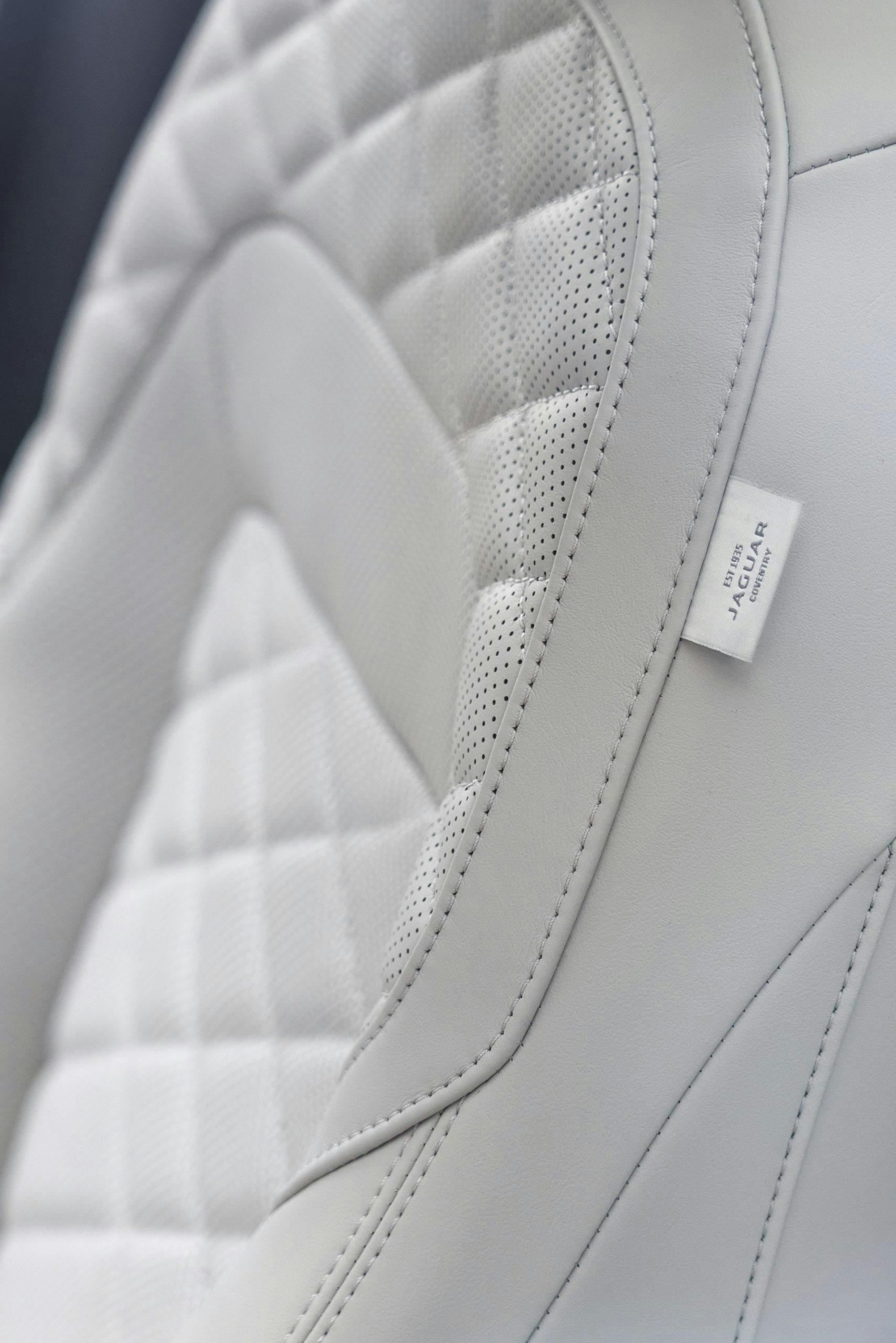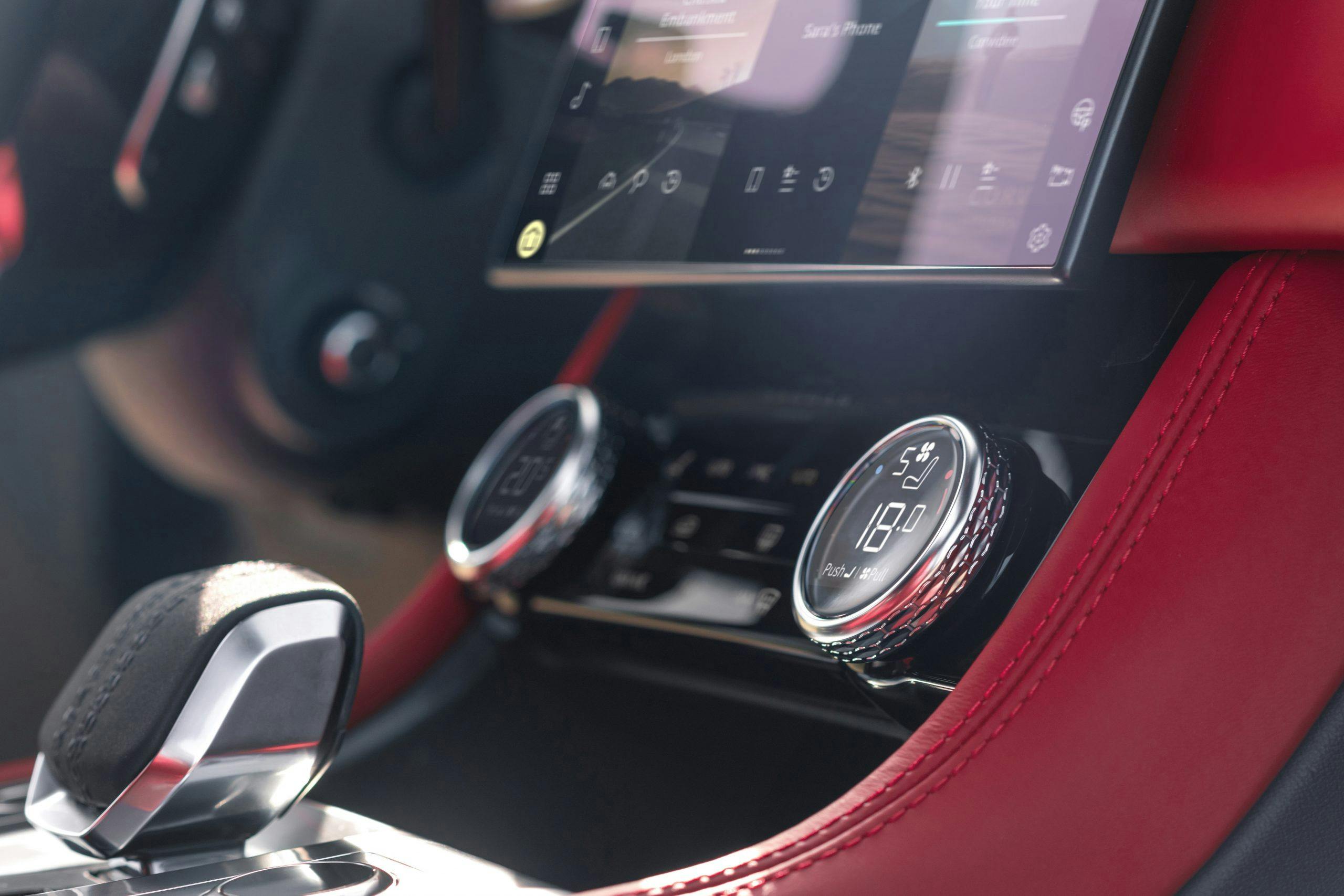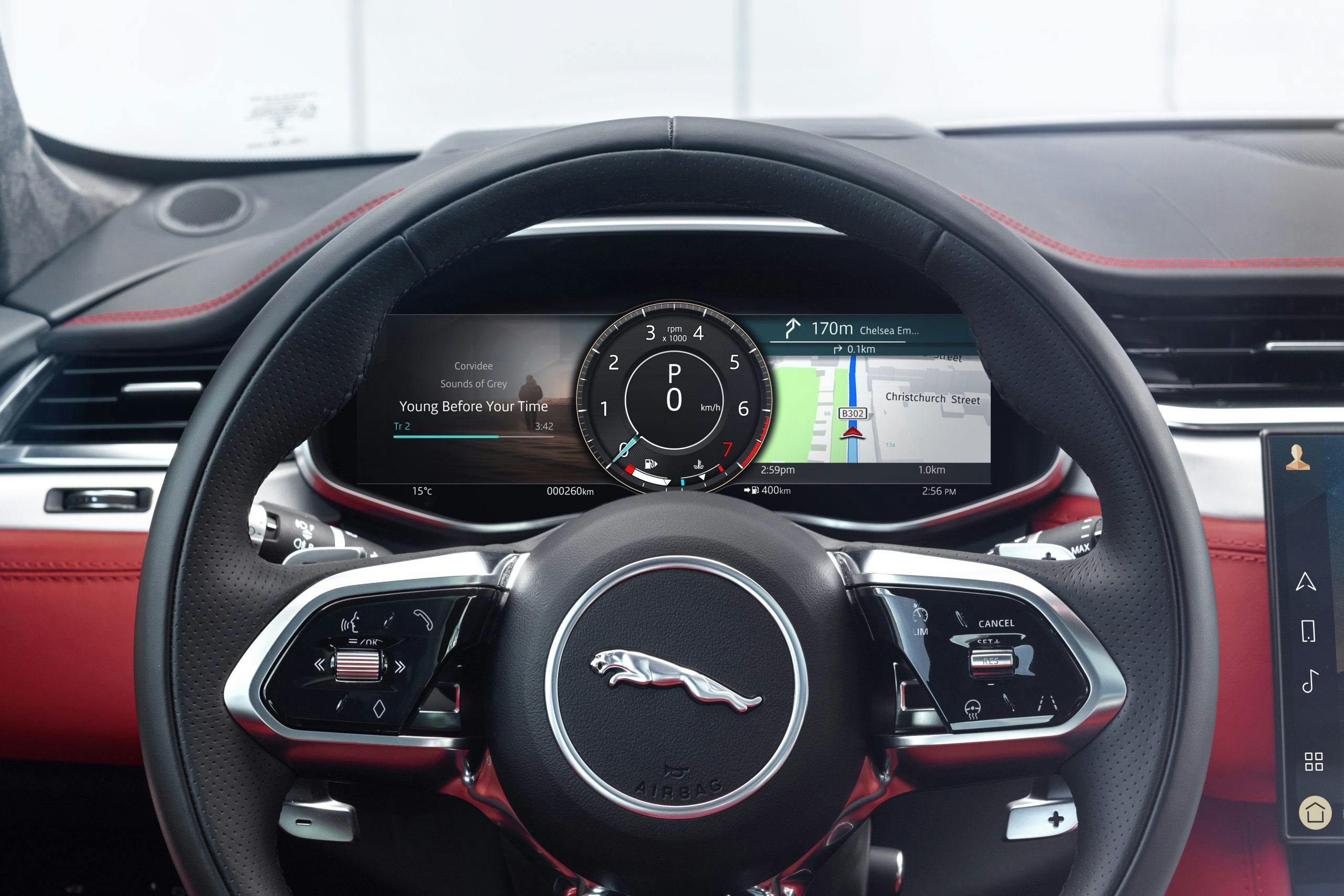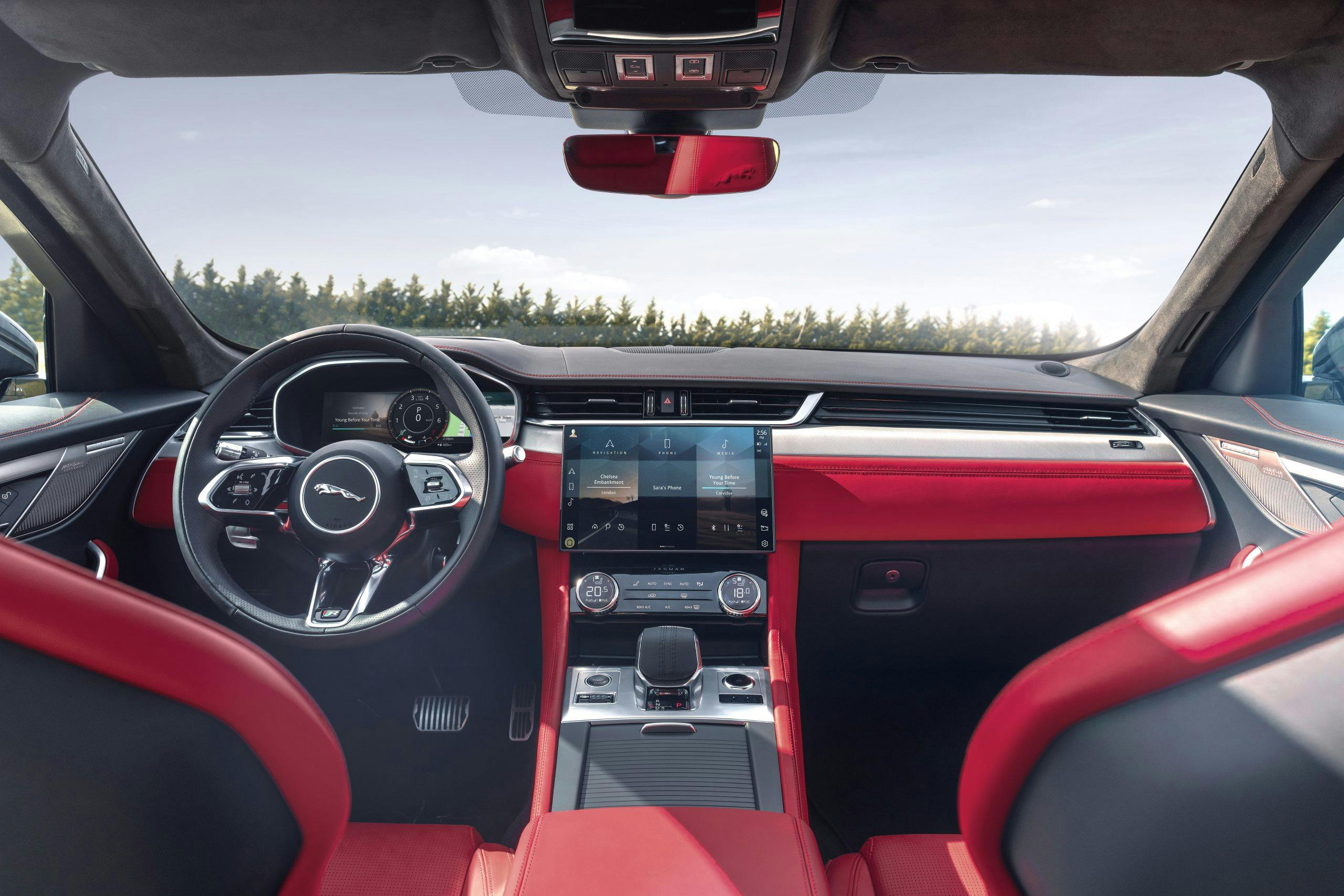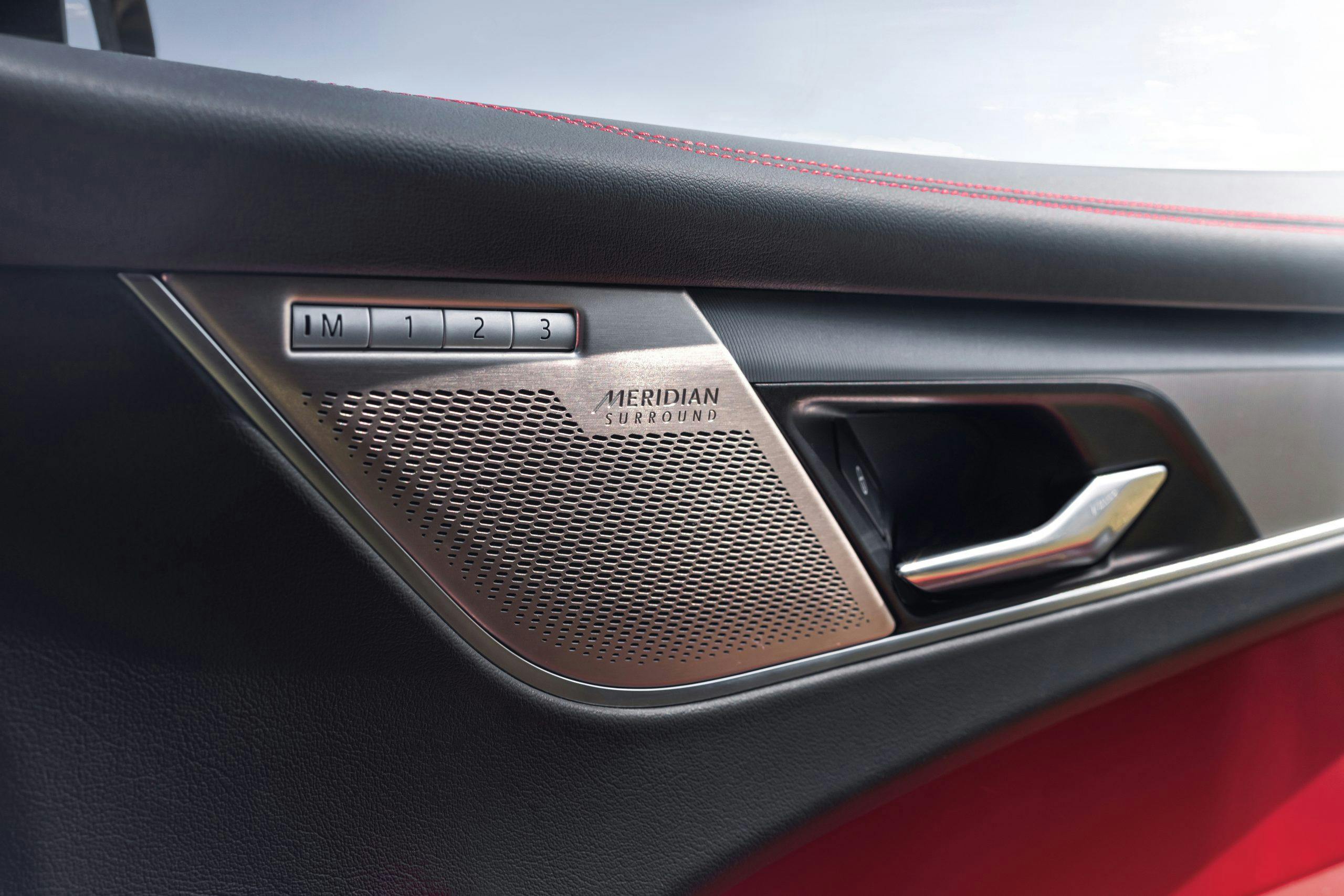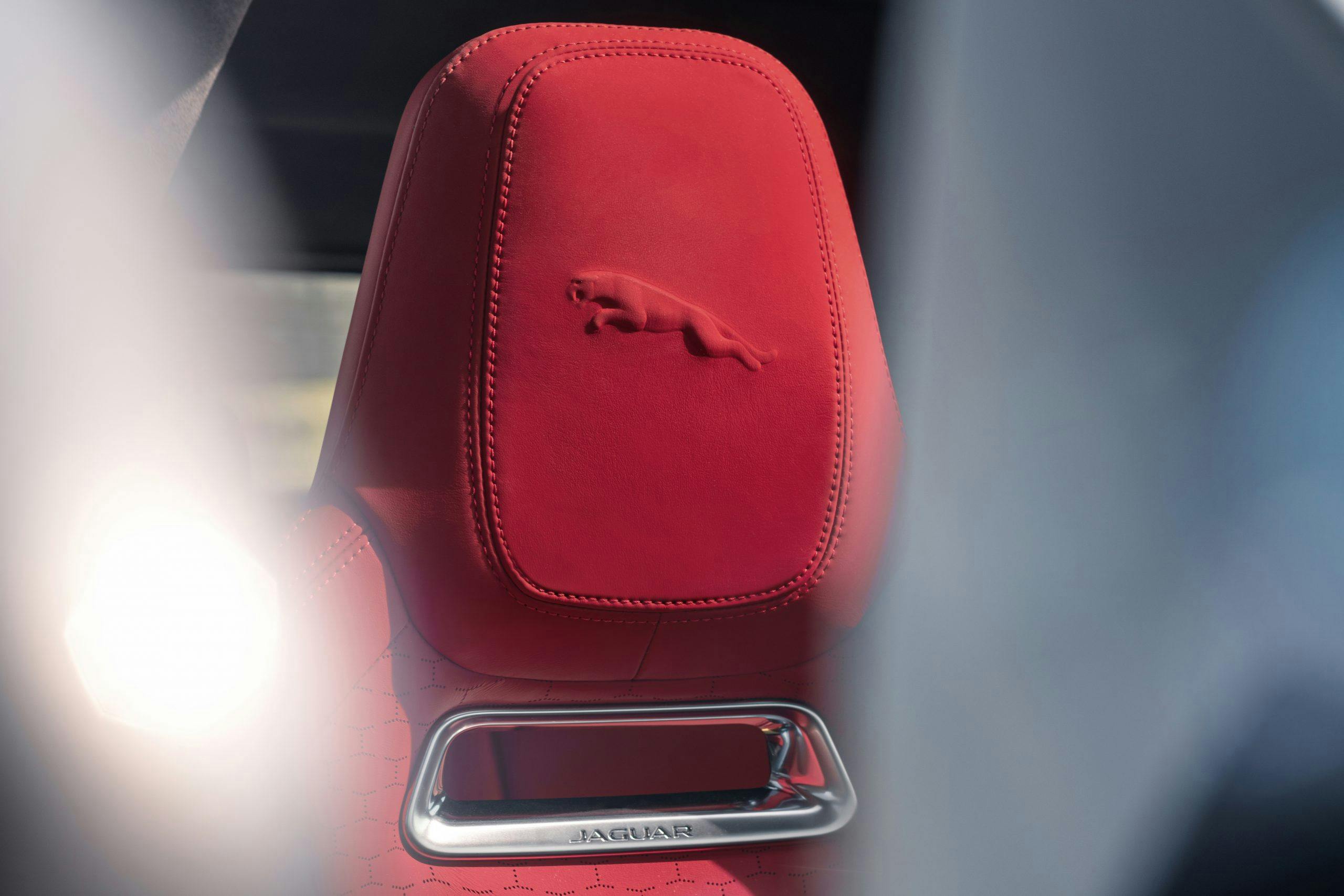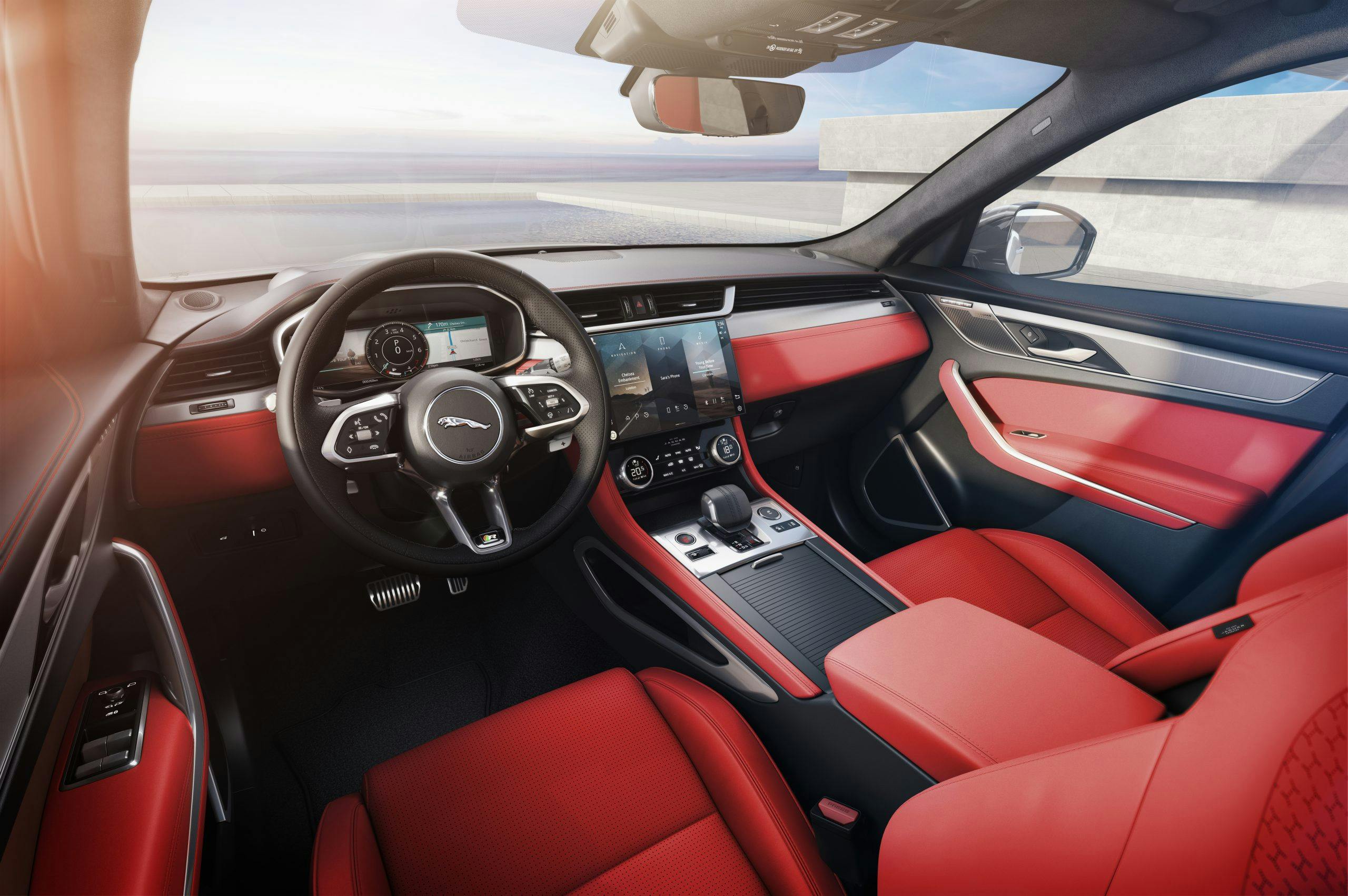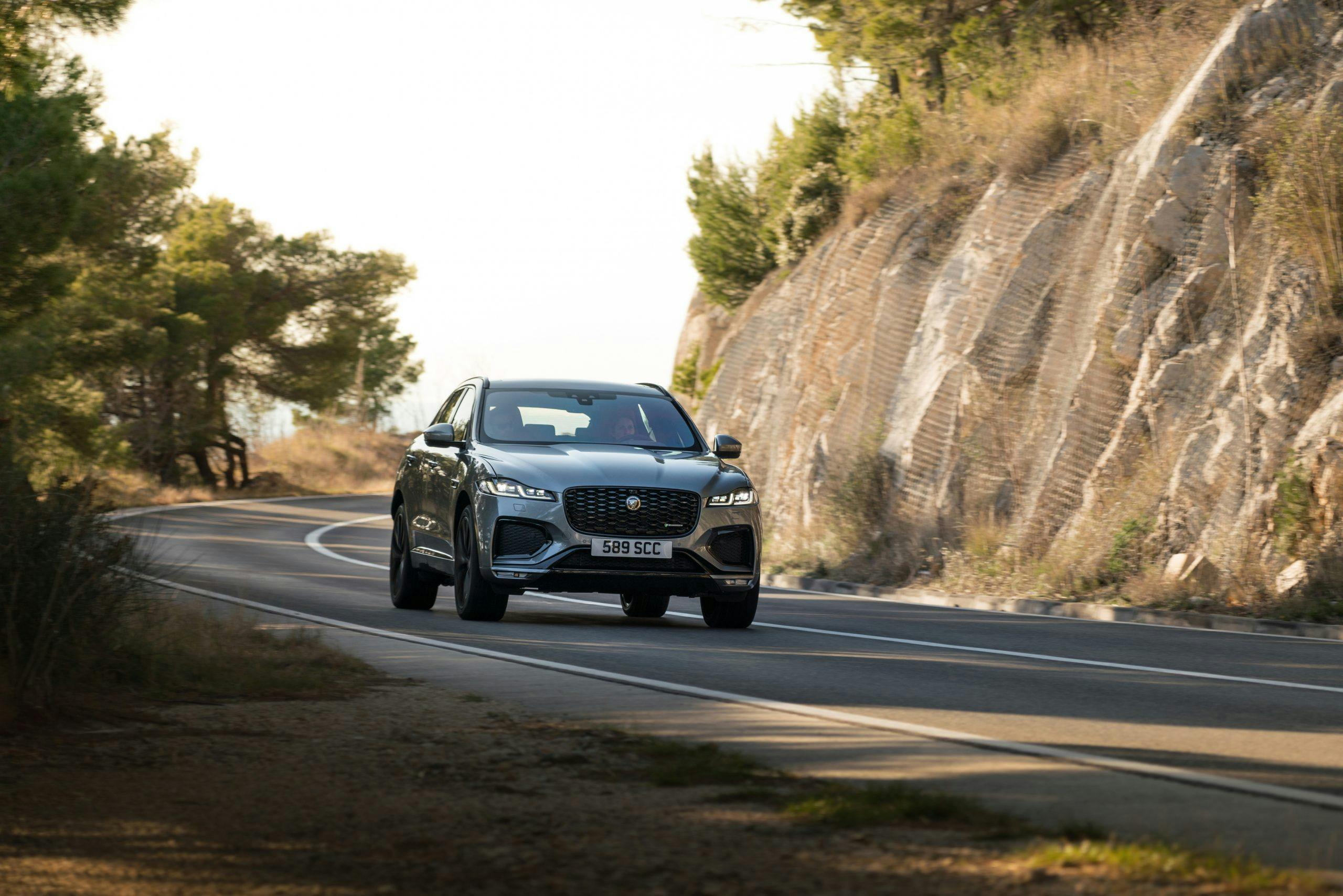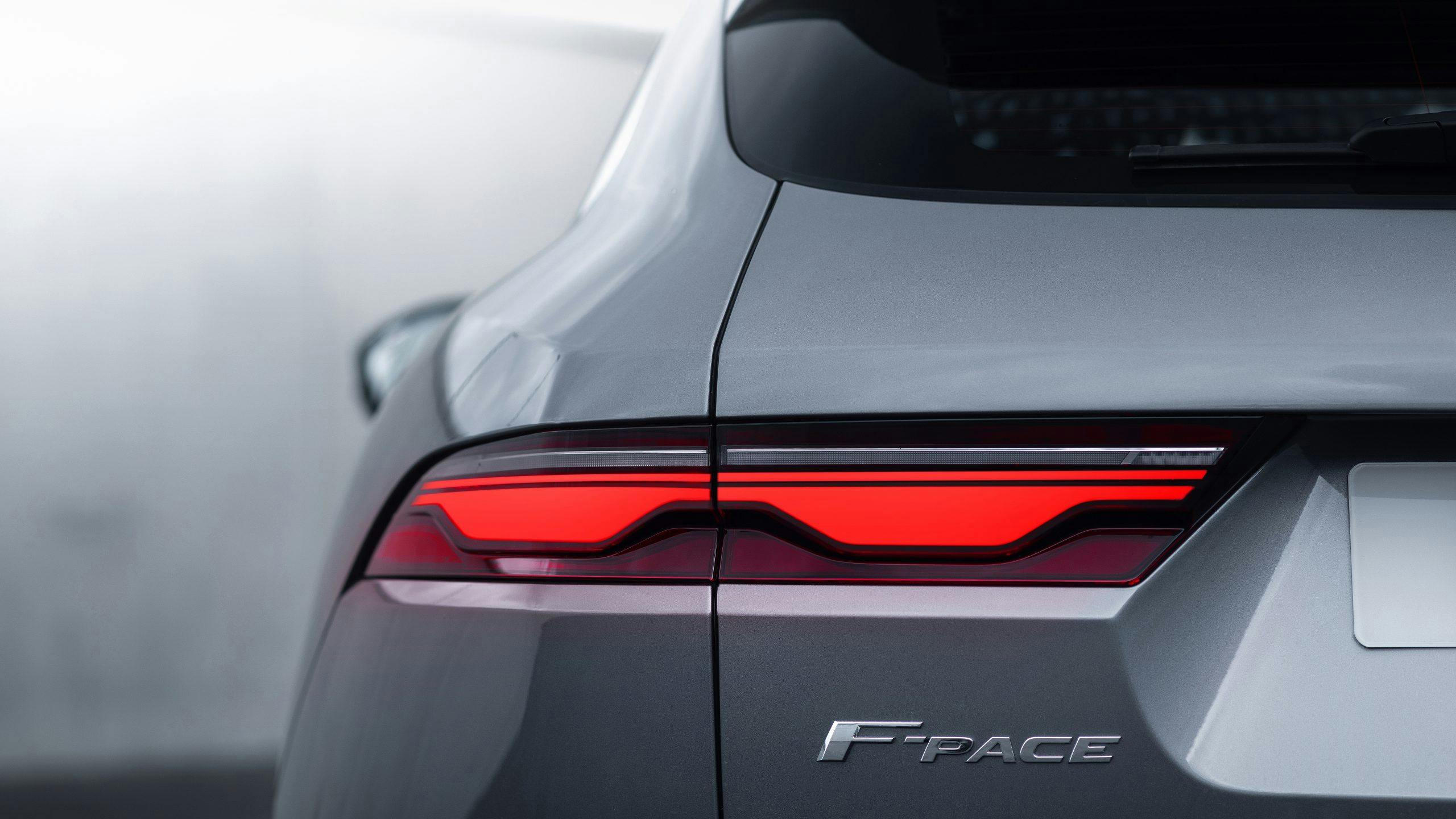Media | Articles
Jaguar’s F-PACE offers a return to straight six, abandons warp speed
The good news for would-be buyers of Jaguar’s F-PACE crossover in 2021: the straight-six is back. It’s turbocharged and electrically supercharged, with up to 395 horsepower on tap. Those of us old enough to remember the disappearance of the XJ6 sedan in this market, to say nothing of the real die-hards who remember the years when every Jaguar built came with some kind of twin-cam, twelve-valve six-pot, will be charmed by this.
The additional good news: This relatively long-lived model (now in its fifth year) has received some useful improvements both inside and out.
The not-so-good news: Unless your humble author is misreading the spec sheets, the utterly fascinating 550-horsepower SVR variant is toast — no surprise, since that engine was produced for Jaguar in a Ford plant via a contract that has now expired. The “AJ-V8” is expected to return to production under Jaguar-Land-Rover management in the near future.
Let’s get to the changes. The new straight six is related to the “Ingenium” inline-four found through JLR’s offerings (including the base F-PACE) and enables the use of existing designs. In the F-PACE, the engine comes in two states of tune, offering 335hp and 395hp respectively. Both engines use an electric supercharger to start the party and a twin-scroll turbocharger to keep it going.

As has become more common lately, this car has a 48-volt electric starter/generator to give it (extremely) mild hybrid capabilities. All F-PACEs sold here use an eight-speed automatic hooked to an all-wheel-drive powertrain.
Marketplace
Buy and sell classics with confidence
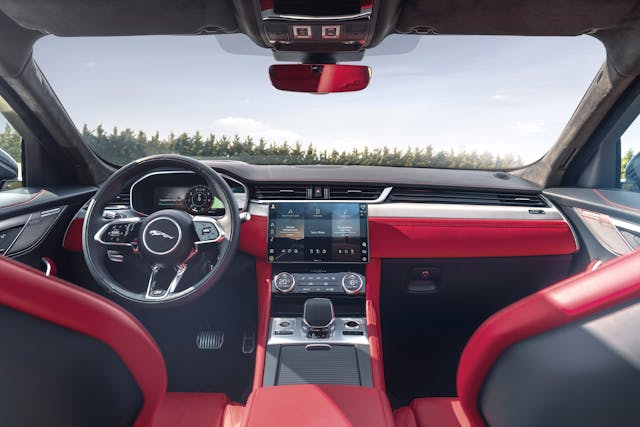
While there is about a BMW’s worth of mid-cycle refresh bodywork on offer, the major changes have been saved for the interior. Two different versions of the Pivi infotainment system are used, depending on chosen trim level. The Pivi Pro has its own power supply and is said to start instantaneously when the driver activates the car. A digital dashboard is available. The console is wider and more spacious, while the seats have been redesigned to offer more heating and cooling surface.

The F-PACE pays homage to the current fetish for interior lighting with two separate illumination systems offering ten selectable colors. It’s the first Jaguar to feature an active noise cancellation system. A Clear Exit Monitor checks for the presence of cyclists in the vicinity when a door is opened. A wearable Activity Key, familiar to recent Land Rover purchasers, can be used during outdoor adventures. All F-PACE models get a 14-speaker Meridian sound system.

A new particulate filtering system removes matter in the PM 2.5 class, which is a lot bigger than a virus but very much harmful for you regardless. The famed “leaper”, banished from Jaguars in most markets due to pedestrian-impact regulations, makes a return on the headrests. The upholstery features tags with a ‘Est.1935 Jaguar Coventry’ logo, presumably because “Acquired.2008 Tata Motors Mumbai” didn’t fit. Your humble author well recalls his ownership of a 1986 Vanden Plas (badged “Daimler Six” in the home market) that did not feature a single British flag, reference to Coventry, or any attempt to play on American Anglophilia whatsover. Of course, back then Jaguar was a thoroughly and unashamedly British firm guided by the infallible hand of Sir John Egan himself, so there was no need to reassure customers on the subject. It could be worse; we could have Union Jack tail lamps, as with BMW’s MINI brand.
Regardless of how truly British the F-PACE is in ownership or engineering, it’s built at the UK Solihull plant that made all those, ahem, brilliant P38 Range Rovers and whatnot, and is a very handsome vehicle. It’s well-known that every Jaguar review or preview must include some reference to “Grace, Space, and Pace”; the refreshed SUV appears to offer all three in equal or greater quantity to the competition. With any luck, the straight-six will offer the smoothness and verve of its distant forebears. We’ll wait to see.










